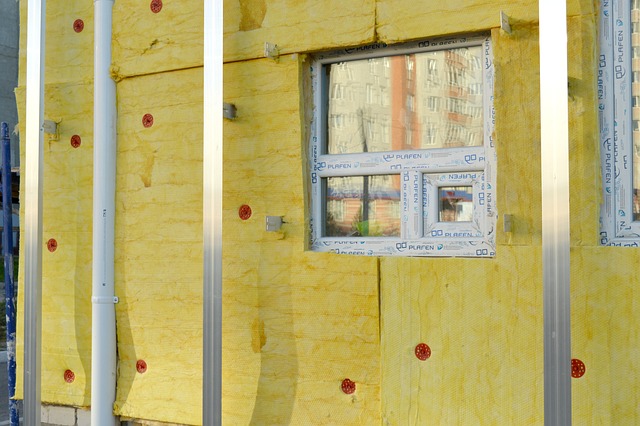Reinventing Connectivity: A Deep Dive into Fixed Wireless Access Technology
Fixed Wireless Access (FWA) is a technology that is rapidly changing the landscape of internet connectivity. This technology, which leverages wireless networks to provide broadband connectivity to homes and businesses, offers a promising solution to the challenges of traditional wired broadband solutions. This article will delve into the historical background of FWA, its current trends and applications, and the impact it has on the telecommunications industry.

The Genesis and Evolution of Fixed Wireless Access
Fixed Wireless Access has been in existence since the late 20th century. It began as a solution for remote areas where laying cables was impractical or economically unfeasible. The initial versions of FWA worked on licensed low-frequency bands, which had a significant reach but low data transmission rates. Over the years, technology advancements have allowed FWA to evolve and operate on higher frequency bands, thereby providing higher data speeds and capacity.
Current Trends and Regulatory Shifts
In recent years, FWA has seen an uptick in adoption, driven primarily by the need for high-speed internet and the limitations of wired broadband. Regulatory bodies worldwide are also recognizing the potential of FWA and are taking steps to facilitate its growth. For instance, the Federal Communications Commission (FCC) in the United States has opened up additional spectrum bands for FWA use, providing a significant boost to the technology’s deployment.
Impact on Telecommunication Services
FWA has a profound impact on the telecommunication industry. It provides an alternative to traditional broadband connectivity, especially in areas where wired broadband is impractical. This opens up a new revenue stream for telecom operators who can offer high-speed internet services to such areas. On the consumer side, FWA brings the benefits of high-speed internet to locations previously underserved or not served at all by broadband services.
Challenges and Practical Applications
Despite its potential, FWA faces several challenges. The technology’s performance can be affected by line-of-sight issues, weather conditions, and interference from other wireless devices. Moreover, setting up the necessary infrastructure for FWA can be capital intensive. However, its practical applications are compelling. In addition to providing broadband connectivity in hard-to-reach areas, FWA can also be used for temporary connectivity solutions at events, disaster recovery, and backhaul for mobile networks.
Research-Backed Insights
Research indicates that FWA has a bright future. According to a report by Grand View Research, the global FWA market size is expected to reach USD 63.4 billion by 2028. The report also suggests that advancements in wireless technologies like 4G and 5G will further propel the growth of the FWA market.
In conclusion, Fixed Wireless Access is a game-changing technology in the telecommunications industry. While it faces certain challenges, its potential to provide high-speed internet in areas where traditional broadband fails makes it a promising solution. As technology continues to evolve, we can expect FWA to play a significant role in shaping the future of internet connectivity.




